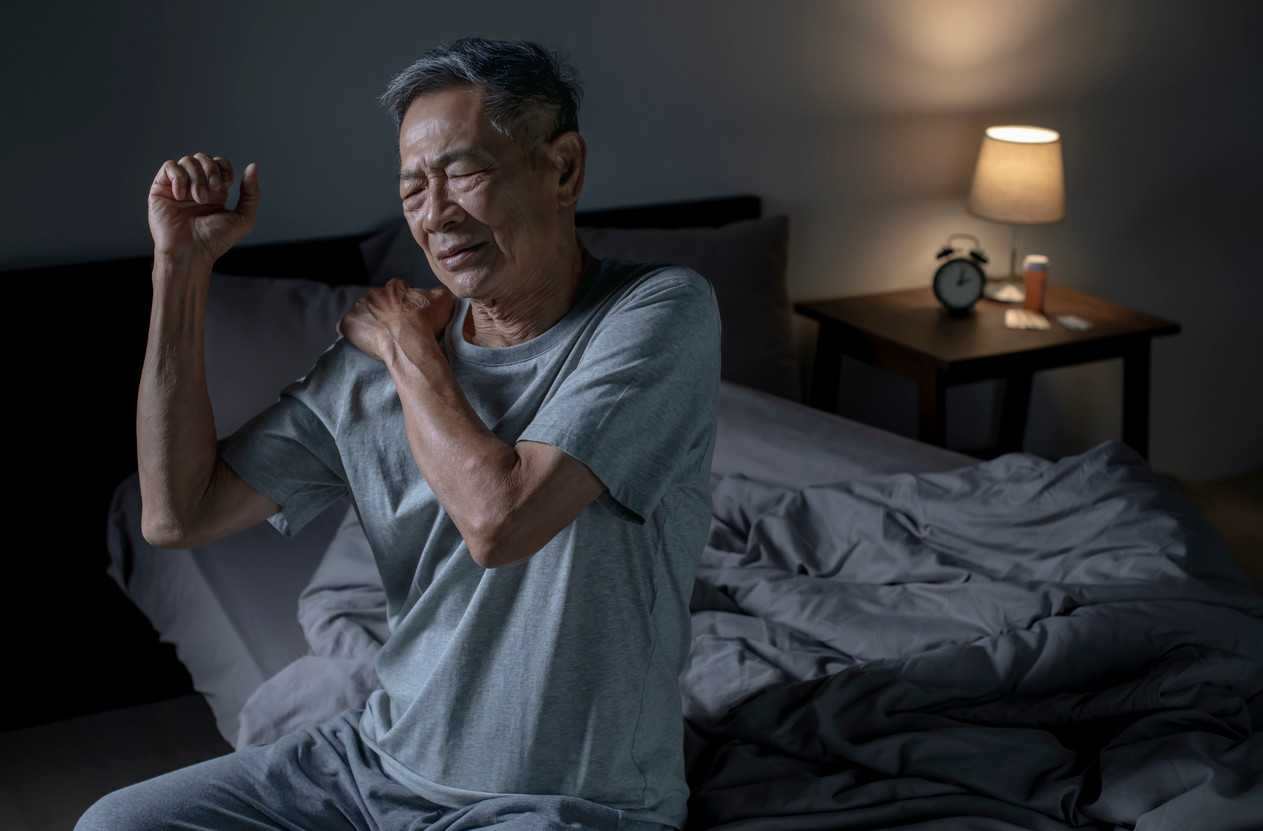Muscle spasm in shoulder: causes and treatments
Learn common causes of a muscle spasm in the shoulder, plus how to prevent and relieve it with exercises recommended by Hinge Health physical therapists.
$0 costo para usted
Fecha de Publicación: Jun 30, 2025
El índice
Fully covered arm or shoulder pain relief
Find relief from arm pain, shoulder pain, pinched nerves, & more.
Check if I'm eligibleExercises for shoulder muscle spasms
Want expert care? Check if you're covered for our free program →- Seated trap stretch
- Thread the needle
- Standing child’s pose
- Banded pull aparts
- Resisted forward shoulder raises
